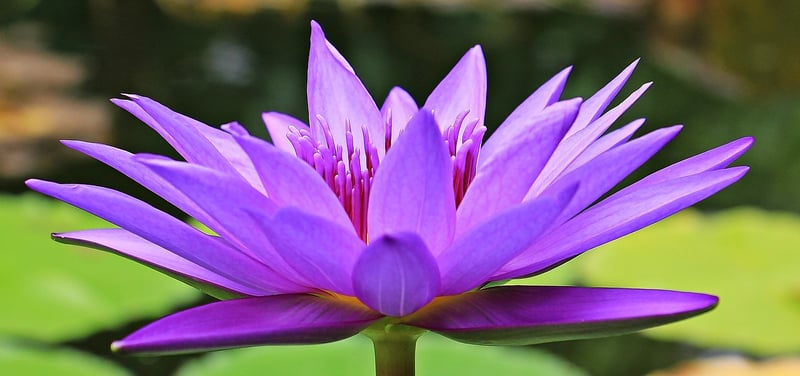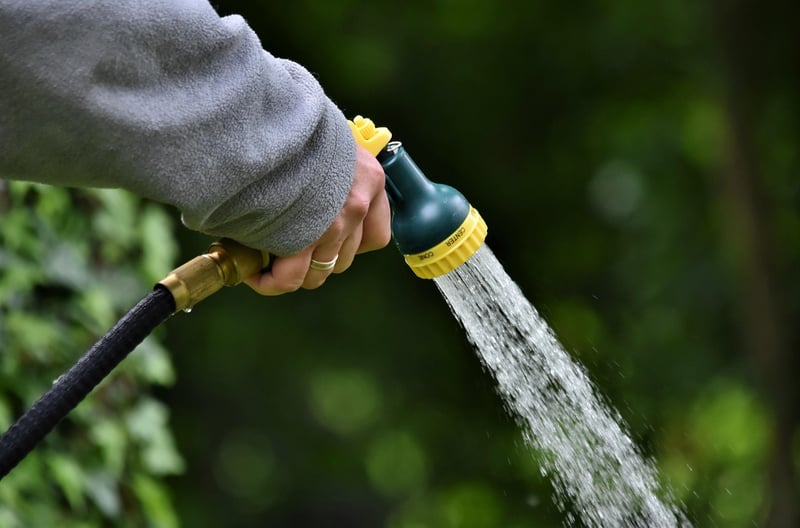Watering Tips
Plant Care: Essential Watering Tips
Plants are not just decorations; they are living organisms that require care and attention to thrive. One of the most crucial aspects of plant care is watering. Watering your plants properly can make a significant difference in their health and growth. Here are some essential watering tips to help you keep your plants happy and healthy:
1. Know Your Plants' Watering Needs
Not all plants have the same watering requirements. Some plants prefer moist soil, while others prefer drier conditions. It's essential to understand the specific watering needs of each plant in your collection. Research the type of plant you have and learn about its watering preferences.
2. Water Plants When Needed
A common mistake many plant owners make is either overwatering or underwatering their plants. Check the soil moisture before watering. Stick your finger into the soil; if it feels dry an inch below the surface, it's time to water. If it's still moist, hold off on watering for a few more days.
3. Water at the Right Time
Early morning is the best time to water your plants. This allows the plants to absorb the water before the sun is at its peak, reducing the risk of evaporation. Avoid watering in the evening as it can promote fungal diseases due to prolonged moisture on the leaves.
4. Use Room Temperature Water
Avoid using extremely cold or hot water on your plants. Room temperature water is ideal as it prevents shocking the roots. Let tap water sit for a day to allow chlorine to dissipate, as some plants are sensitive to it.
5. Water the Roots, Not the Leaves
When watering your plants, aim to water the soil directly at the base of the plant. Avoid getting water on the leaves, especially for plants prone to fungal diseases. Watering the roots ensures efficient absorption by the plant.
6. Use Proper Drainage
Ensure your plant pots have drainage holes to prevent water from pooling at the bottom. Excess water can lead to root rot and other issues. If using a decorative pot without drainage, place a plastic container inside with drainage holes to catch excess water.
7. Monitor Humidity Levels
Some plants, especially tropical varieties, require higher humidity levels. Use a humidity tray or a humidifier to maintain the required humidity levels for your plants. Misting can also help increase humidity for specific plants.
8. Observe and Adjust
Pay attention to how your plants respond to watering. Wilting, yellowing leaves, or mold growth are signs of incorrect watering. Adjust your watering schedule based on the plant's needs and environmental conditions.
By following these watering tips and being attentive to your plants' needs, you can promote healthy growth and vibrant foliage in your indoor or outdoor garden. Remember, a little care goes a long way in nurturing your green companions!

For more plant care tips and gardening advice, check out The Spruce Gardening.
